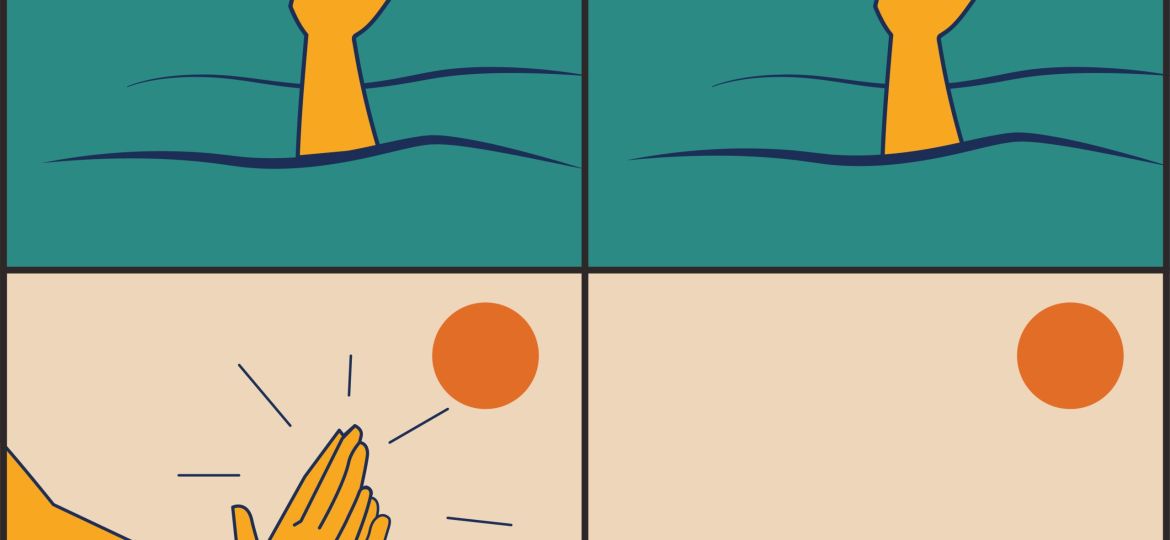A well-run business isn’t just about good ideas and execution— it’s about record-keeping. Think of your company’s core documentation as…
Giving thoughtful feedback on graphic design requires a blend of clarity, kindness, and respect for the creative process.
“Take creative risks” is one of those phrases that gets thrown around often—by clients, by managers, by the occasional LinkedIn guru. But what does it actually mean?
Before scheduling a meeting, answer the following questions: 1. Is there a clear purpose for this discussion? Yes → Continue…
A standing meeting isn’t inherently useful. In many cases, it’s a time sink that disrupts real work. If a weekly meeting doesn’t serve a clear, evolving purpose, it should be reconsidered or removed entirely.
Quarterly planning is a structured approach to setting goals, aligning priorities, and ensuring progress over a three-month period. It offers enough time to achieve meaningful results while remaining short enough to adjust to changes.
Creativity requires confidence— but too often, designers and artists are misunderstood. This free guide debunks the myths and equips business leaders with the knowledge to support and empower their creative teams.
Many talented creatives find themselves in roles that feel comfortable but stagnant. The key is recognizing what growth looks like in a field that doesn’t always offer traditional markers of success.
Many designers feel unheard at work, whether by managers who don’t understand design, executives who prioritize speed over quality, or clients who assume their personal taste overrides expertise.
Leadership isn’t a fixed trait—it’s a skill set that evolves. If your leadership style no longer serves you or your team, it may be time to reassess and rebuild. Growth requires reflection, intentional change, and a willingness to unlearn old habits. Here’s how to refine your approach while staying true to your values.










